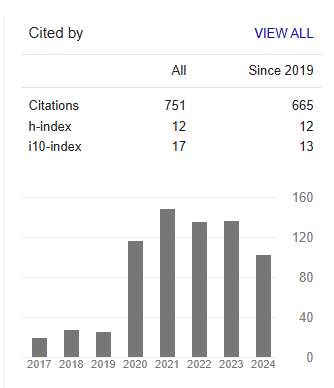Correlation of Socio-Demographic and Clinical Factors with Quality of Life (QOL) Among Subjects Living with HIV in Port Harcourt, Nigeria
Abstract
Nkporbu AK, Ojule IN and Stanley CN
Background: HIV, a viral infectious disease, predominantly affects the physical, social and psychological well-being of PLWHIV which further affect their quality of life. A number of socio-demographic and clinical factors may play important roles.
Aim: The aim of this study, therefore, was to determine the relationship between some socio-demographic and clinical factors and quality of life among PLWHIV.
Methodology: Following ethical approval from the appropriate committee of the hospital and informed consent from the participants, 230 subjects (PLWHIV), were recruited through a systematic random sampling method based on the study’s inclusion and exclusion criteria. Subjects were administered with the study’s instruments including the socio-demographic questionnaire, the brief version of the WHO Quality of Life instrument (WHOQOL-Bref). The data were analyzed using the SPSS version 20 statistical package. Confidence interval was set at 95% while P- value of less than 0.05 was considered statistically significant.
Results: The study found PLWHIV domain scores quality of life as follows; 60.71±15.57, 62.34±26.32, 61.57±25.04, 55.15±14.00 and 65.81±21.84 for physical, psychological, social relationship, environment domains and general health facet respectively. Age group below 20 years, tertiary education, married with high to average monthly income, no stigmatization, with less emotional reaction were associated with the best quality of life. The only significant relationships were that(i) those who indicated no feelings of stigma had significantly higher quality of life than those who admitted having stigma in the physical domain(p=0.017); (ii) those who were widowed or divorce had significantly lower quality of life than all the other marital groups in the social domain(p=0.002).
Conclusion: The findings in this study indicate some socio0demorgraphic and clinical factors may play significant role in the degree to which HIV infection affects quality of life of the sufferers. It is therefore important that the management of HIV should include attention to factors in order to enhance the quality of care and hence their quality of life.



